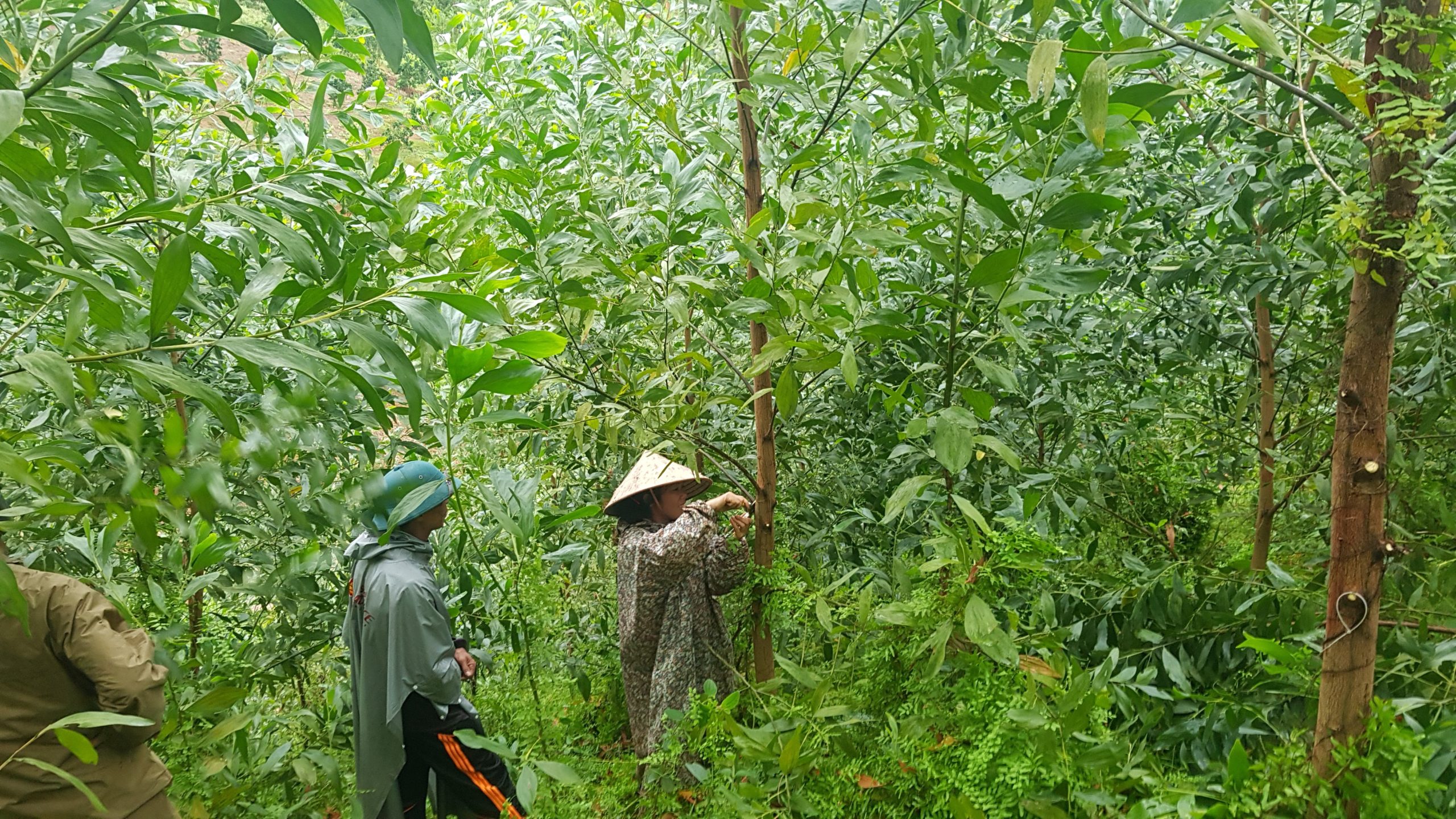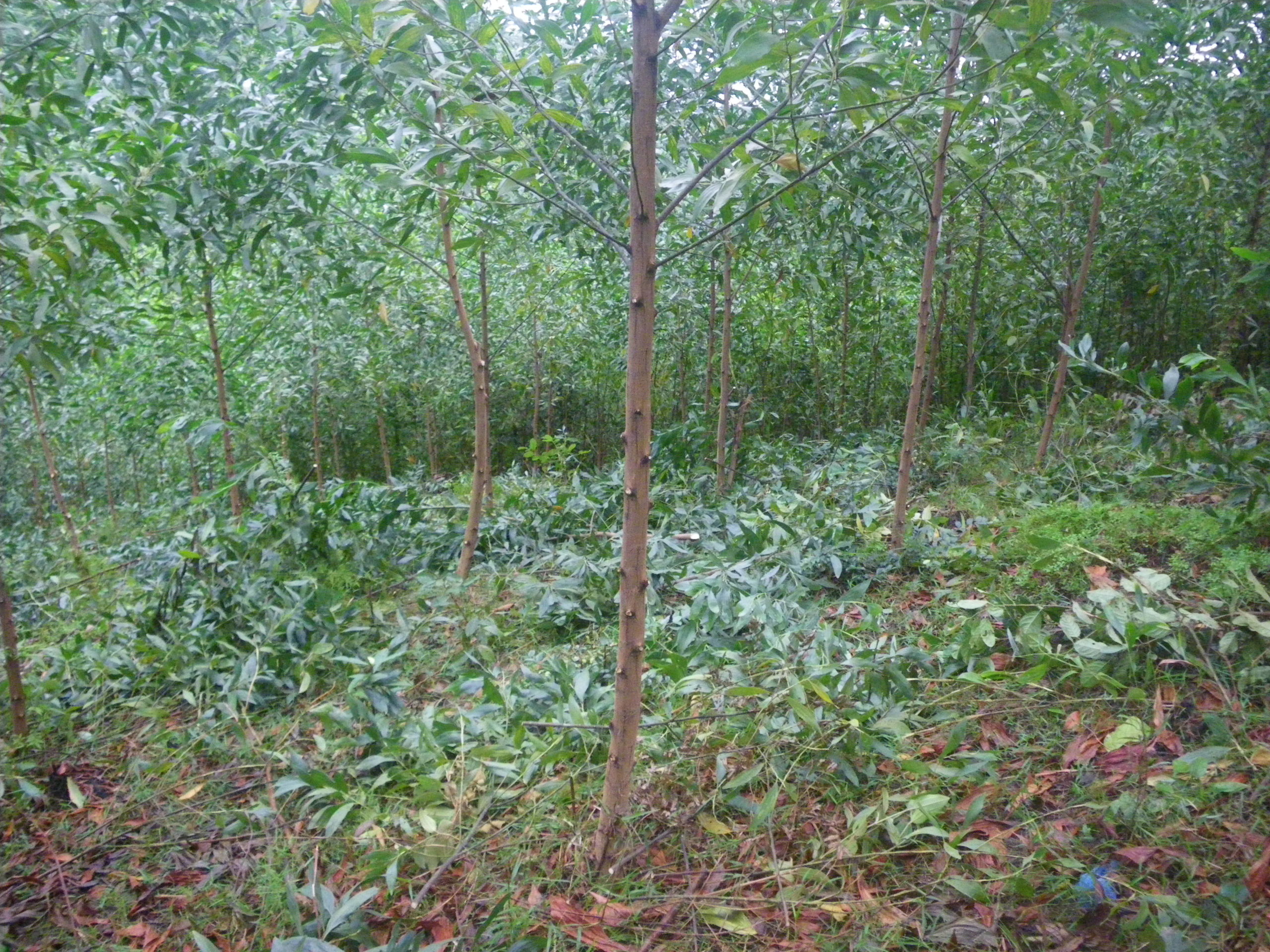

More Mentoring Activities in Vietnam
November 20, 2019
The Crawford Fund’s mentoring program in Vietnam is led by Dr Chris Beadle, an Honorary Fellow at CSIRO and an Honorary Research Associate at the University of Tasmania. Chris’s mentoring focusses on capacity building around silvicultural practices for growing and adding value to planted acacias and eucalypts. Following his visit in 2018, Chris made another visit earlier this year.
Around half the domestic wood supply in Vietnam comes from the smallholder sector. Most is grown for pulpwood, as this generates an income for growers after a 4-6-year rotation. There are a number of problems with this because many smallholders have little money – they purchase cheap but poor planting stock, use low input silviculture (e.g. no fertiliser used) and often experience poor yields. As an insurance policy they also use high density planting but this means small-diameter trees.
However there is a market for sawlogs, which Vietnam is largely meeting through imports. Growing plantations for sawlogs means longer rotations, more investment in silviculture, and therefore higher risk.
Chris explained in his report after the visit that getting smallholders to change their practices to take advantage of the demand for sawlogs will inevitably be slow, but one way of encouraging incremental change is through “demonstration plantations” that illustrate other ways of managing trees that can lead to a better result.
During his time in Vietnam in 2018, Chris established a demonstration plantation in Bin Village in Hoa Binh province on land owned by Do Duc Thien and Pham Thi Thao so that it could be used as a training facility for local farmers.
Working directly with farmers using the demonstration plantation includes new silvicultural techniques.
“One focus is managing acacias for sawlogs. To date, after a short period of training on site, the farmers have applied new techniques for fertiliser application at planting, form pruning to ensure single stems and avoidance of larger branches, and most recently, the first lift pruning (see Figure 1 and 2 below).”
“All pruning is done in the dry season to minimise disease risk as cut surfaces are potential portals of entry into the tree for disease pathogens.”
During his visit, Chris visited the site of the ACIAR’s Ceratocystis trial.
“A key message was that Ceratocystis wilt and canker disease was killing acacia tree. The farmers are aware that disease management is a big issue and they want solutions. It was explained that no well-defined control measures are available. However, careful pruning that results in a clean cut with no tearing of the tissue can reduce disease incidence,” said Chris.






